What should you consider when preparing to do science outreach to a non-scientific audience? The French agency Agent Majeur had the idea of gathering good practices in a model entitled “the 6Cs of science popularization”, which is very useful to have on hand when you start preparing your material.
Clarity
It cannot be repeated often enough, the clarity of the information to be transmitted is very important. It is advisable to define each technical term and to limit the jargon used. Nothing is better than checking the meaning of the words chosen in the dictionary. There is sometimes a terminological discrepancy. Indeed, a definition used in everyday language may not have the same meaning in your field of expertise. For example, the concept of attitude in psychology refers to “a set of beliefs and a system of thought” whereas in the dictionary, attitude refers to “the way one holds one’s body, the position one gives it” (Larousse Dictionary, 2022). In this case, the researcher will need to be sure to define the terms used, or use synonyms used in everyday language, unless the purpose of the presentation is to introduce the term. Moving from the simplest to the most complicated information – the funnel technique – can be very helpful in promoting understanding.
Connection
It is beneficial to create a connection with the audience by using emotions such as humor, surprise, astonishment, or even fear. For example, if you are presenting the results of a study on the effects of therapy for post-traumatic stress disorder, begin with a key figure that is bound to evoke a sense of shock: “80% of individuals will experience a traumatic event in their lives (accident, sudden death of a loved one, etc.) that may lead to post-traumatic stress disorder. (« Mental Illness and Addiction: Facts and Statistics », 2022). By creating a connection with the audience, you get their attention.
Context
It is important to put the speech in context, to recall the economic, social or scientific issues that go beyond the topic being discussed and that are likely to be evocative for the audience. For example, if you are presenting a project aimed at promoting mental health in the workplace, it is worthwhile to indicate “in Canada, it is estimated that about $21 billion a year is lost in productivity at work due to mental health problems (Wilson et al., 2016, p. 30). This figure rises to $51 billion if all other costs (health care, quality of life, etc.) are included” (“Mental Illness and Addiction: Facts and Statistics”, 2022). Even if your project does not directly address these costs, you are showing your interviewer that you understand the problem from an angle that may be relevant to them.

Concreteness
Being concrete allows the audience to better understand and remember what is being explained. This can be achieved by using demonstrations, bringing in samples, talking about fictional or real-life examples to illustrate the point. In line with our previous example, it is better to explain how mental health problems manifest themselves in practice rather than providing a definition of symptoms. For instance, using the situation of a typical employee as part of a demonstration, it might begin with the following: “Paul has always been very cheerful, active and thorough in his work. But over the past few months, his co-workers have noticed that he has changed. He’s not himself. He looks sad, less energetic, eats little, and makes a lot of careless mistakes.”
Colour
It is important to take care of both the form and the substance of the message. Graphic design services specifically aim to illuminate or explain things through graphic language, which can be verbal, illustrated, or diagrammatic, and presented on paper or screen. (Walker, 2017, p. 549) According to an article published in Nature, these types of services help increase the attractiveness and intelligibility (Khoury et al., 2019, p.4) of research. The color they bring can help science reach audiences that scientific literature will never reach.
Conversation
Nothing is more important than to include some form of exchange with the audience, involving them during the presentation, listening to their point of view or answering their questions after the presentation. If your material or topic is easily transferable to social media, make it a habit to end your posts with a question, in a format as simple as “What do you think?” It’s a way to start a conversation with your audience.
Conclusion
By making it a habit to think about the 6Cs of science popularization when preparing your communication materials, you increase your chances of getting your messages across. Clarity, Connection, Context, Concreteness, Color, Conversation – it’s all up to you! Contact us if you need help preparing your content.
References
Larousse. (2020). Attitude. Dans Dictionnaire.
Mental Illness and Addiction: Facts and Statistics (2022). Link: https://www.camh.ca/en/driving-change/the-crisis-is-real/mental-health-statistics
Wilson, S., Guliani, H., Boichev, G. (2016). On the economics of post-traumatic stress disorder among first responders in Canada. Journal of CSWB 1(2), 26-31. Link: https://doi.org/10.35502/jcswb.6
Walker, S. (2017). Research in graphic design. The Design Journal, 20(5), 549-559.
Khoury, C. K., Kisel, Y., Kantar, M., Barber, E., Ricciardi, V., Klirs, C., … et Novy, A. (2019). Science–graphic art partnerships to increase research impact. Communications Biology, 2(1), 1-5.

